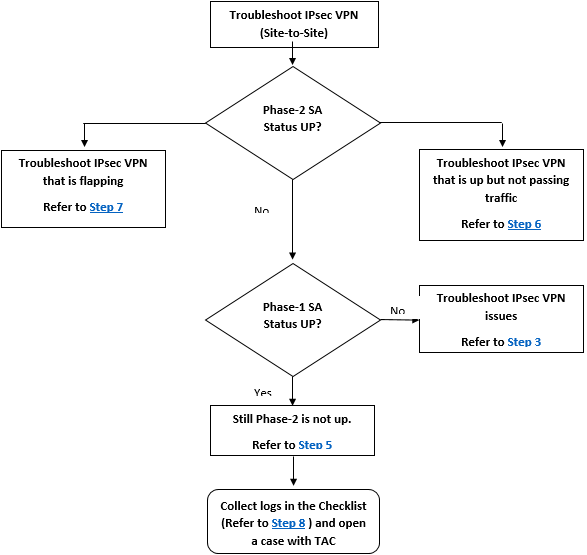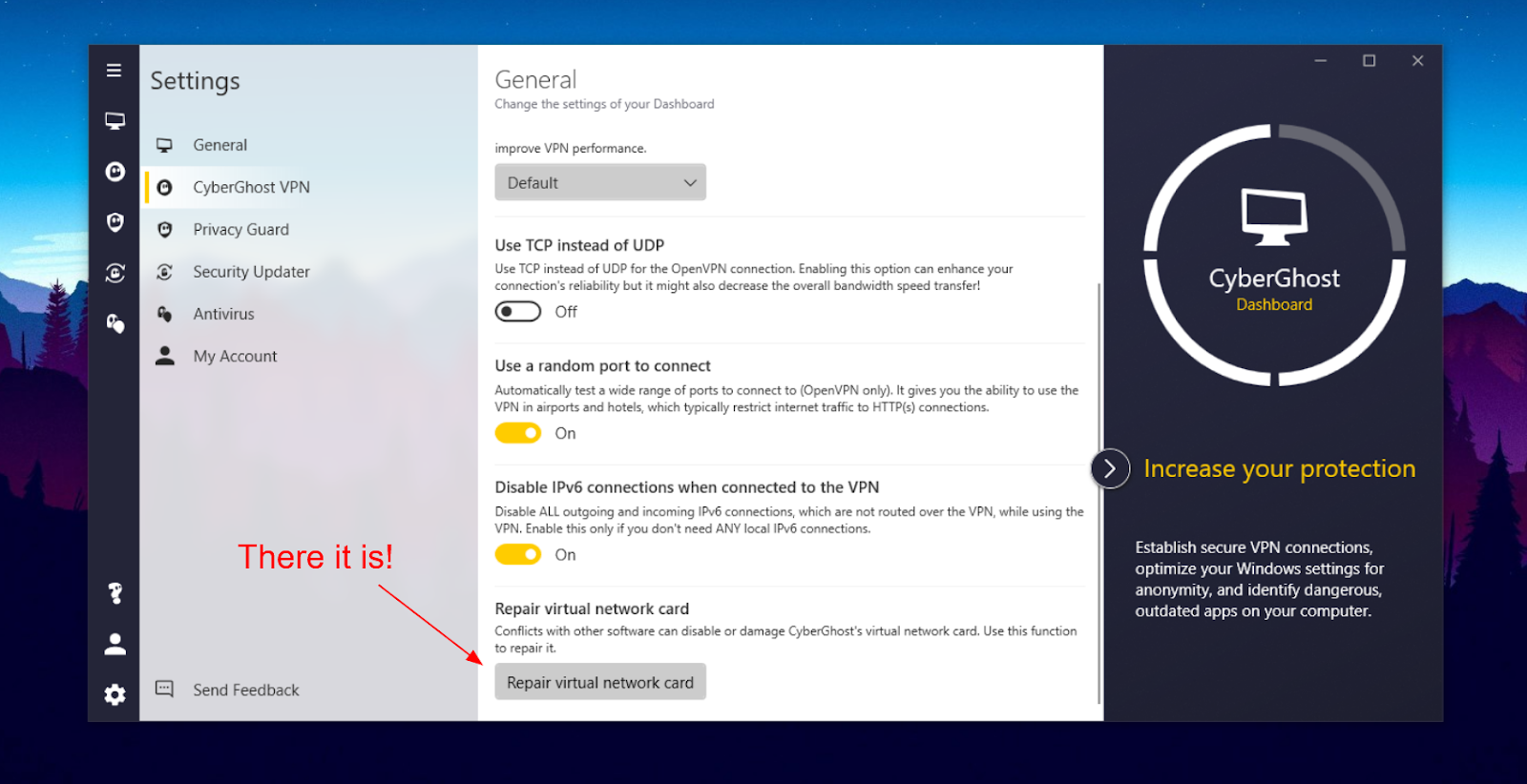Featured
Table of Contents
Fix Vpn Not Working Problems And Issues In Windows 11/10

The Routing and Remote Gain access to snap-in lives within the Microsoft Management Console, referred to as the MMC. There are multiple ways to access the MMC. You can choose the console from the Start menu's Programs options, within the Administrative Tools folder within Windows server's Control board or by typing mmc at a command prompt.
As Tech, Republic's Brandon Vigliarolo shows within his video at the start of this short article, the Services console shows the status of the Routing and Remote Gain access to entry. From within the Providers console and with the Routing and Remote Access entry highlighted, you can click Start the Service or right-click the entry and choose Restart.
Often the VPN client and VPN server are set to using different authentication methods. Confirm whether an authentication mistake is the issue by opening the server console. Yet another technique of accessing the MMC is to type Control+R to open a command timely in which you can type mmc and hit Get in or click OK.
If the entry isn't present, click File, select Add/Remove Snap-in, pick the Routing and Remote Access option from the options and click Include, then OK. With the Routing and Remote Gain access to snap-in added, right-click on the VPN server and click Properties. Then, evaluate the Security tab to validate the authentication approach.
Common Vpn Error Codes And Solutions For Windows 11/10
Make sure the VPN client is set to the authentication method specified within the Security tab. Usually the products just evaluated are accountable for a lot of VPN connection refusal errors.
Each Web-based VPN connection normally uses two various IP addresses for the VPN customer computer. This is the IP address that's used to develop the preliminary TCP/IP connection to the VPN server over the Internet.

This IP address generally possesses the very same subnet as the local network and therefore permits the client to communicate with the regional network. When you established the VPN server, you should set up a DHCP server to designate addresses to customers, or you can create a bank of IP addresses to designate to clients straight from the VPN server.

If this option is chosen and the effective remote access policy is set to permit remote gain access to, the user will have the ability to connect to the VPN. Although I have been unable to re-create the scenario personally, I have heard reports that a bug exists in older Windows servers that can trigger the connection to be accepted even if the effective remote gain access to policy is set to reject a user's connection.
Troubleshooting Guide

Another common VPN issue is that a connection is successfully established however the remote user is unable to access the network beyond the VPN server. By far, the most typical cause of this issue is that consent hasn't been granted for the user to access the whole network. To permit a user to access the entire network, go to the Routing and Remote Gain access to console and right-click on the VPN server that's having the issue.
At the top of the IP tab is an Enable IP Routing check box. If this check box is allowed, VPN users will be able to access the rest of the network, presuming network firewalls and security-as-a-service settings allow. If the checkbox is not chosen, these users will have the ability to access just the VPN server, but absolutely nothing beyond.
For instance, if a user is dialing straight into the VPN server, it's normally best to set up a fixed route between the customer and the server. You can set up a static path by going to the Dial In tab of the user's residential or commercial properties sheet in Active Directory Users and Computers and selecting the Apply A Static Route check box.
Click the Include Route button and then get in the location IP address and network mask in the space offered. The metric ought to be left at 1. If you're using a DHCP server to designate IP addresses to customers, there are a couple of other problems that might cause users not to be able to surpass the VPN server.
Troubleshoot The Genesys Cloud Webrtc Phone
If the DHCP server designates the user an IP address that is currently in use in other places on the network, Windows will spot the dispute and prevent the user from accessing the rest of the network. Another common issue is the user not getting an address at all. The majority of the time, if the DHCP server can't assign the user an IP address, the connection won't make it this far.
If the client is appointed an address in a range that's not present within the system's routing tables, the user will be unable to navigate the network beyond the VPN server. Guarantee the resources the user is attempting to gain access to are really on the network to which the user is linking.
A VPN connection to the other subnet might, in fact, be required. A firewall or security as a service option could also be to blame, so do not forget to examine those services' settings, if such elements are present in between the VPN server and the resources the user looks for to reach.
The first possibility is that a person or more of the routers included is carrying out IP package filtering. IP package filtering might prevent IP tunnel traffic. I recommend examining the client, the server and any devices in between for IP package filters. You can do this by clicking the Advanced button on each machine's TCP/IP Residences sheet, selecting the Options tab from the Advanced TCP/IP Settings Residence sheet, picking TCP/IP Filtering and clicking the Characteristics button.
Latest Posts
Best Vpn Services 2023 — Today's Top Picks
Best Vpns For Small Business In 2023
Vpn Connectivity And Troubleshooting Guide